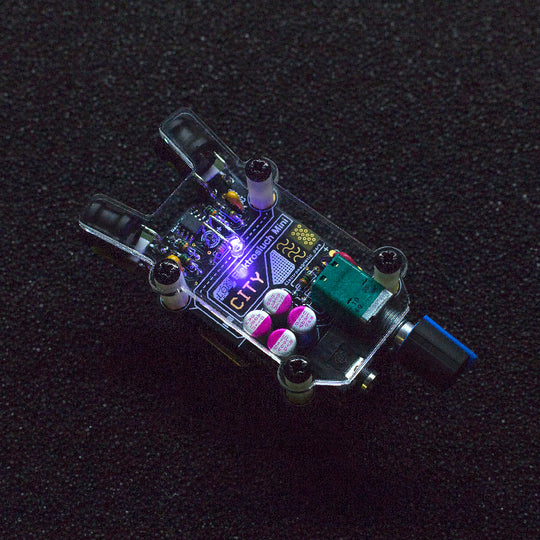Writing sound #
Student’s presentations #
Exercise 1 #
Listen and write down the sound on paper.
History of Capturing Sound Information #
Early Experiments #
- 1857: Édouard-Léon Scott de Martinville invents the Phonautograph, the earliest known device for recording sound. It created visual representations of sound waves but couldn’t play back recorded sound.
Invention of Phonograph #
- 1877: Thomas Edison invents the Phonograph, the first device to both record and reproduce sound using tinfoil cylinders.
Advancements in Recording Technology #
- Early 20th Century: Introduction of the Gramophone, using flat discs, which became the standard for sound recording.
- 1920s: Electrical recording technology improves sound quality.
Magnetic Tape Recording #
- 1930s: Development of magnetic tape recording, revolutionizing audio recording and playback with improved fidelity and editing capabilities.
Digital Recording Era #
- 1970s: Advent of digital recording technology, leading to compact discs (CDs) in the 1980s.
- Late 20th Century: Transition from analog to digital recording becomes widespread.
Modern Digital Technologies #
- 21st Century: Emergence of various digital audio formats (MP3, WAV, etc.) and streaming services, making recording and distribution of sound more accessible and versatile.
Types of music / sound notation #
Classical european notation #

Graphic scores #

https://llllllll.co/t/experimental-music-notation-resources/149
Text description #

Electronic circuit #

Computer code #

Software #

Special mic types #
Apart from conventional microphones, there are several specialized types designed for specific applications, some of which are quite experimental in nature.
Electromagnetic Microphones #
- Description
- Electromagnetic microphones are designed to capture audio by detecting electromagnetic fields instead of air vibrations.
- How They Work
- They convert electromagnetic waves, typically from electrical devices, into corresponding audio signals.
- Use Cases
- Useful for experimental music, sound art, and surveillance to capture the “sound” of electrical equipment or environments.

Hydrophones #
- Description
- Hydrophones are specialized microphones designed for underwater audio recording.
- How They Work
- They are constructed to withstand water pressure and convert underwater sound waves into electrical signals.
- Use Cases
- Employed in marine biology, underwater surveillance, and recording ambient sounds in aquatic environments.

Geophones #
- Description
- Geophones are used to detect and record vibrations through the earth or other solid media.
- How They Work
- They typically contain a spring-mounted magnetic mass connected to a coil, and vibrations cause relative motion between them, generating an electrical signal.
- Use Cases
- Primarily used in seismology for detecting and analyzing earth tremors but also in experimental music for earth sounds.

Binaural Microphones #
- Description
- Binaural microphones capture stereo sound in a way that mimics the natural hearing of the human ear.
- How They Work
- They usually consist of two microphones placed in ear-like structures or a mannequin head to simulate human ear positions.
- Use Cases
- Used for creating immersive audio experiences, particularly in virtual reality and ambisonic recordings.

Contact Microphones #
- Description
- Contact microphones, also known as piezo microphones, pick up audio vibrations through direct contact with solid objects.
- How They Work
- They use a piezoelectric element to convert vibrations in solid materials into an electrical signal.
- Use Cases
- Often used in experimental music and sound design to capture the sound of different materials and objects.
Piezo mic #
- A piezo microphone uses a piezoelectric crystal to convert vibrations into an electrical signal.
- They are commonly used for acoustic instruments and can be made with minimal components.

Laser Microphones #
- Description
- Laser microphones are surveillance devices that can pick up sound from a distance by capturing vibrations on a surface.
- How They Work
- They use a laser beam to detect vibrations on a surface (like a window) from a distance, converting these back into sound waves.
- Use Cases
- Mainly used for espionage and surveillance, capturing sound without needing to be physically close to the sound source.
